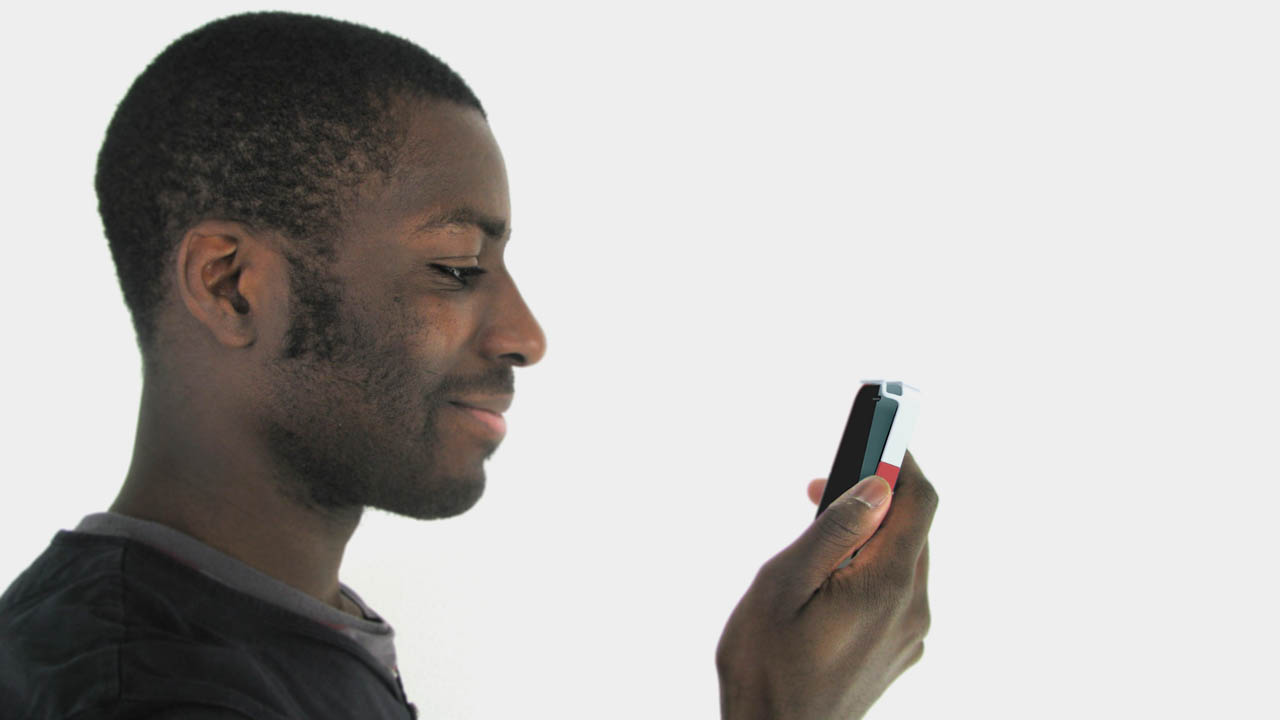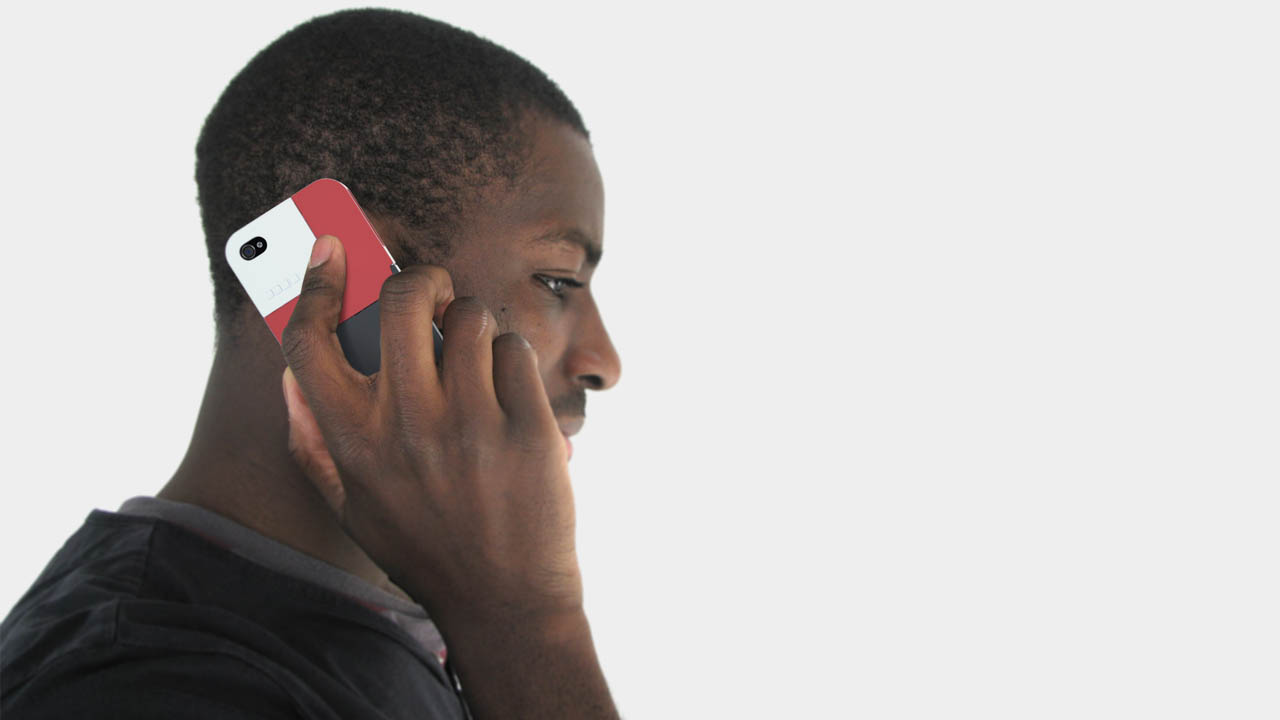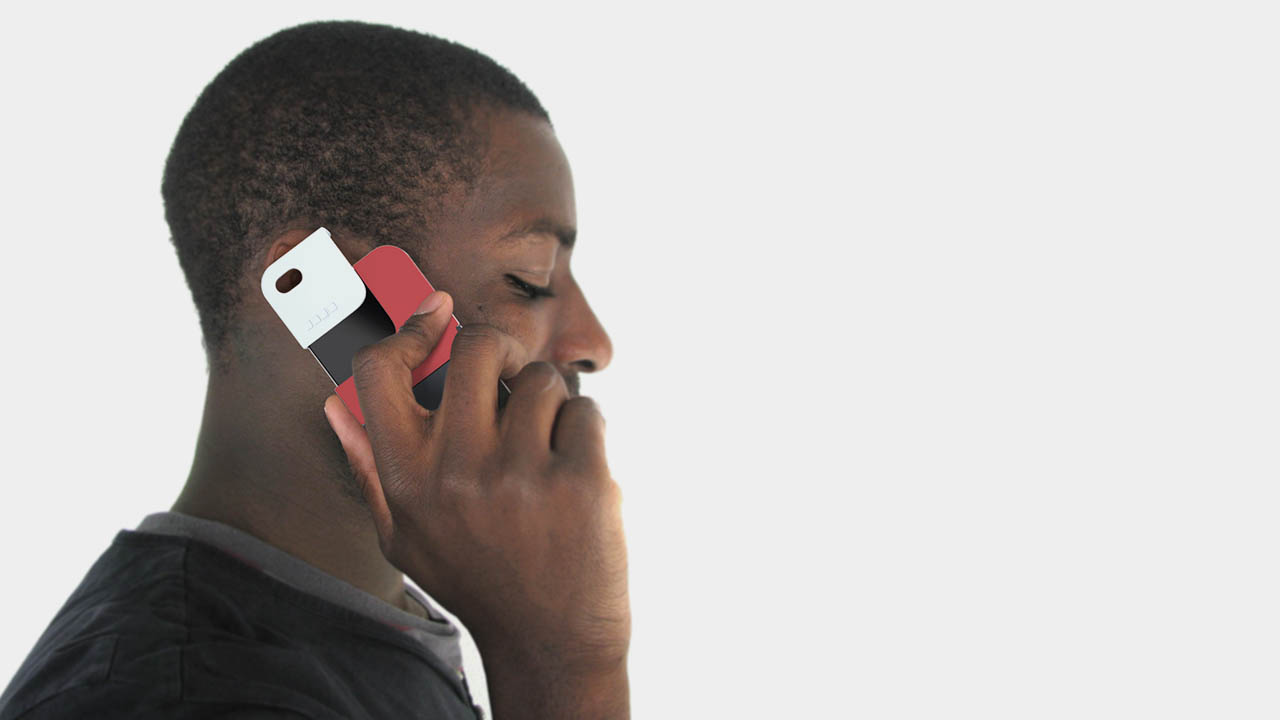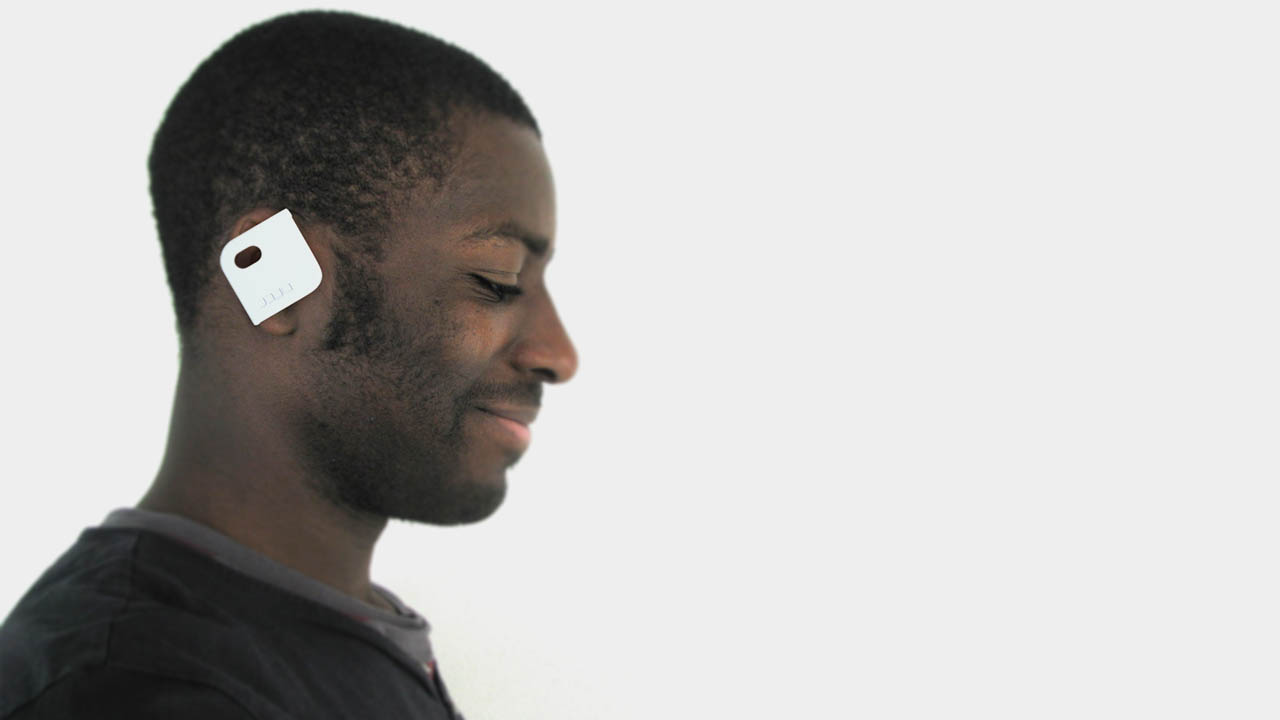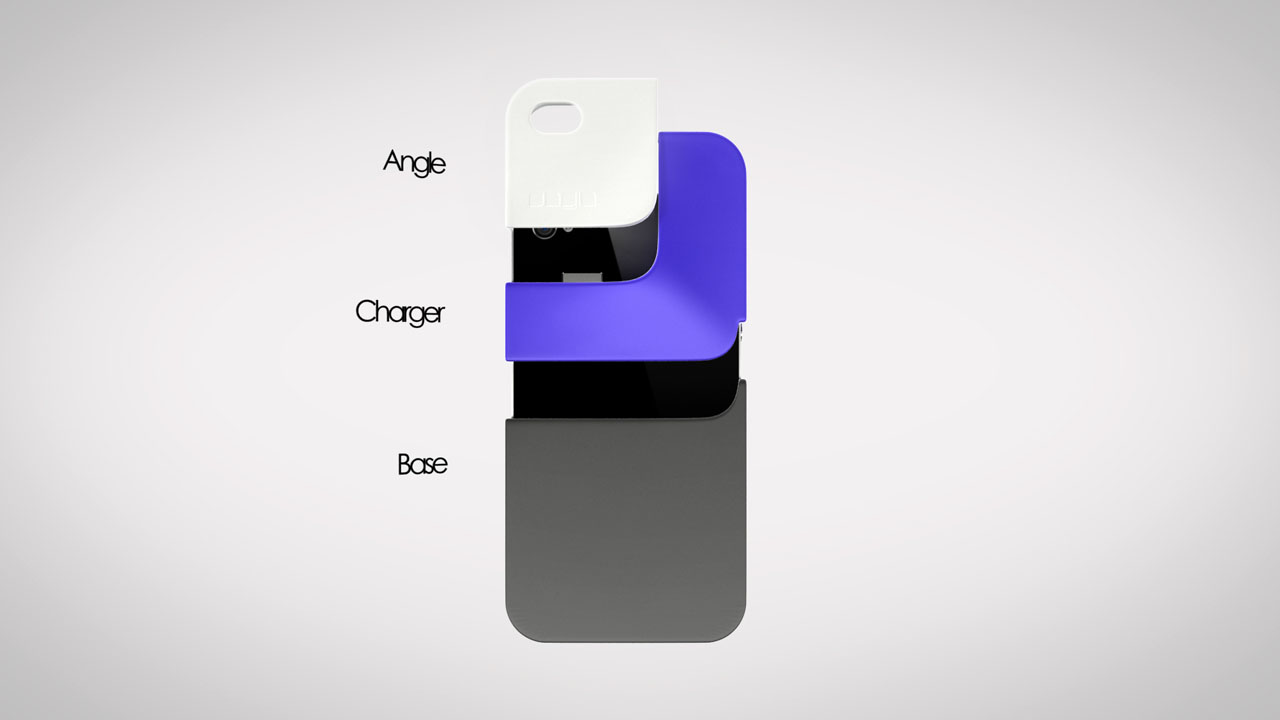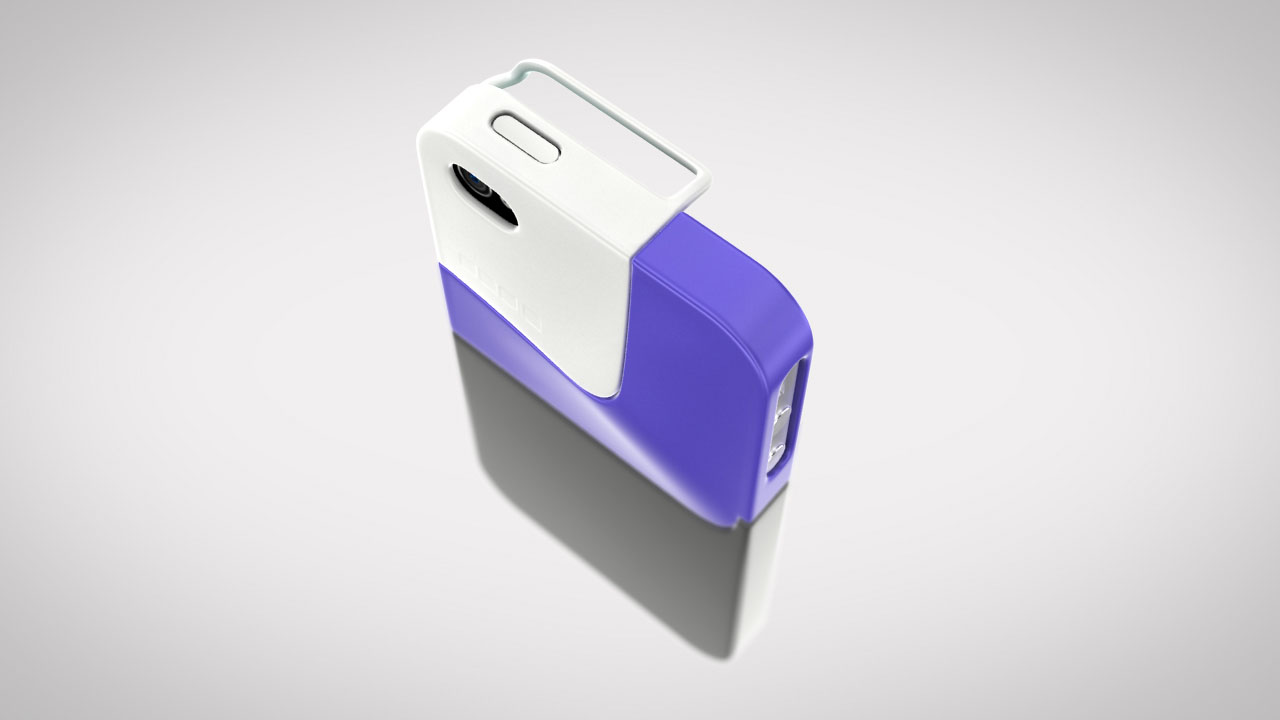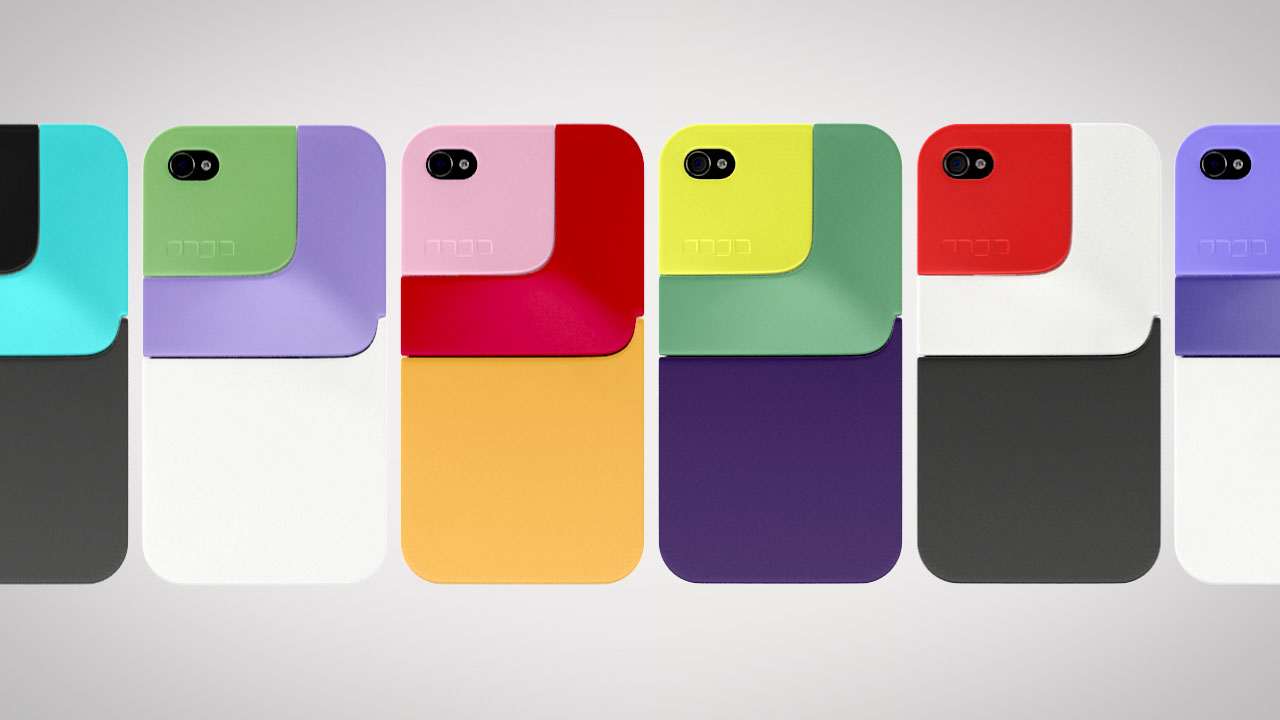People protect their phones with cases but few protect their ears with headsets.
It’s no mystery. We’re creatures of habits, and the simplest changes in our everyday routines can sometimes be challenging to make. However, studies show that once habits form, our behaviors become automatic, and the decision-making part of your brain goes into a sleep mode of sorts. With Angle I wanted to explore how design can nudge new behaviors.
People protect their phones with cases but few protect their ears with headsets.
When people get a call, the first thing that comes to mind is to answer, not to look for their earphones or headsets. There’s a certain urgency when a phone rings that puts people in a state of reaction rather than a state of prevention. It’s a natural thing to do: your phone rings, you want to pick up.
What if we could use people’s existing behaviors as a nudge to wear the headset? It turns out we already have a pretty established gesture when we answer a call. Angle uses the traditional pick-up gesture as a vehicle to wear the headset. By simply sliding the phone against your ear, Angle gently lays down on it. Like a Trojan horse for behaviors, a new habit forms by piggybacking on an existing one.
Between the Lines
While Angle may not be a solution for everyone, it illustrates how design is about observing the behaviors that form around an object, rather than the object itself. The inspiration for design is interstitial, and lives in between established behaviors. I like to think about design opportunities not as additions, but as subtractions. It is what remains when you strip away the obvious.
